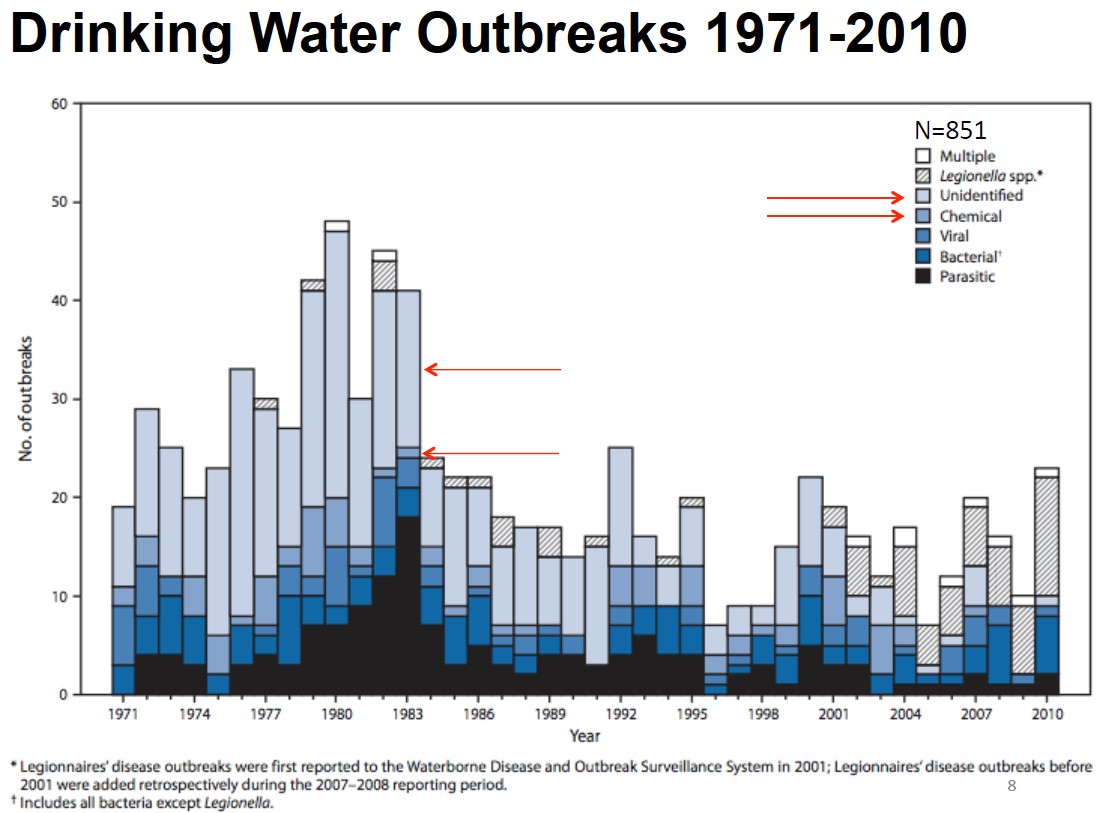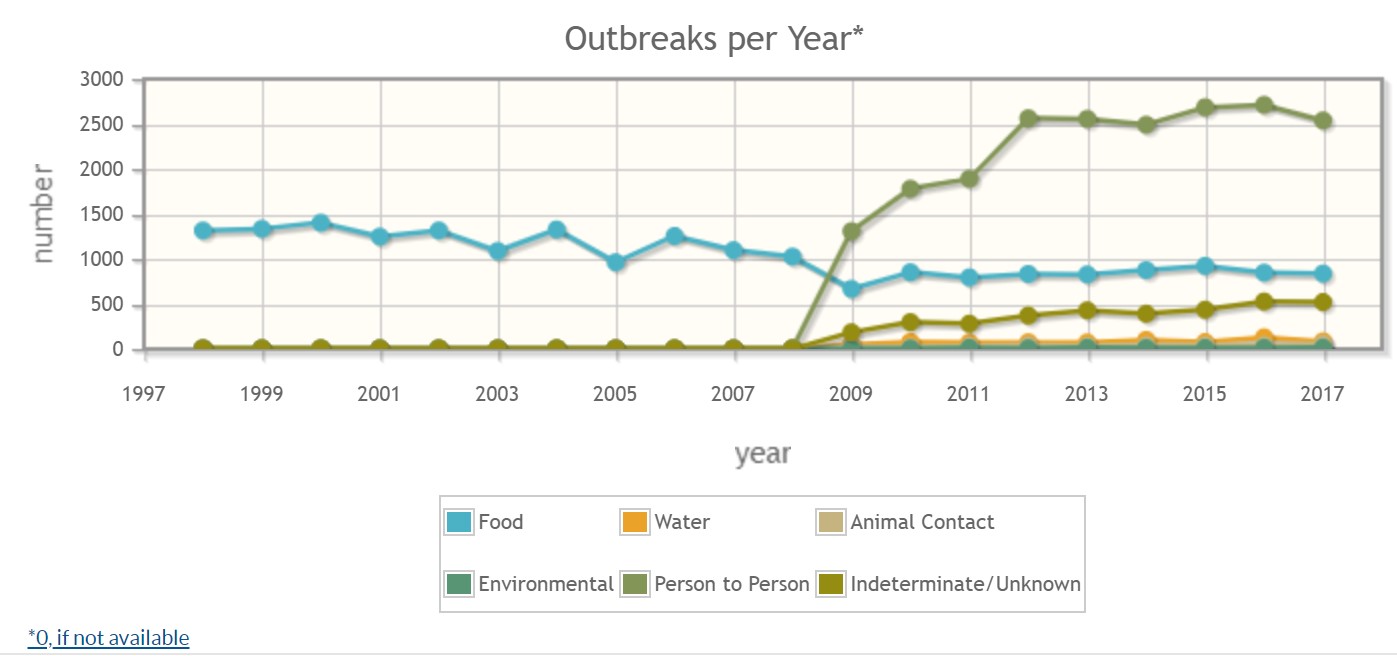Potential risk of daily water and food intake and ways to alleviate the risk as a consumer
By Zixuan Wang, PhD student of Water INTERface IGEP and Department of Civil and Environmental Engineering
In the water for health seminar, either my individual or group project was related to the water and food nexus and its impact or consequence on consumer’s health. This experience triggered my interest in this area. From my what I’ve learnt so far, there are still some challenges concerning our water and food that we intake every day. For example, the emerging contaminants, the infectious or opportunistic pathogens, and the lead dissolution in the plumbing system all hold threats for human’s health. We actually can do something as a consumer to alleviate adverse impact to the minimum and play a role in pushing forward the advancement of regulation and technology.
Although consumer’s confidence in water and food provider has been largely improved in recent years, occasional event would still happen. The Flint water crisis had drawn much public concern about levels of lead in drinking water and the American Academy of Pediatrics (AAP) recently called for much stricter targets to avoid the existing “illusion of safety.” They recommended lead level lower than 1 μg/L at school water fountains. However, Parks etc. found that even the most recently manufactured “lead-free” faucets had lead leaching ranged from 1.5 to 3 μg/L[1]. This alarms every consumer that we need to acknowledge the presence of potential risk in our drinking water. The microbial contamination, however, would result in more acute symptom and has become more severe in recent years, as indicated by Fig.1. The National Outbreak Reporting System (NORS) also have shown that the outbreaks by microbial food contamination also take a large part in all the reported national outbreaks (Fig.2). Recently, researchers also found out that wastewater-derived pharmaceuticals in reused water would be ingested by human body via Fresh produce[2]. Thereafter, consumers are still facing different challenges concerning safe water and food.


On the regulation side, there are still many blanks to regulate emerging problems. Firstly, some of the regulation maybe outdated. For example, the Lead and Copper Rule promulgated by USEPA assessed the lead contaminant level based on the results of 10% of the sampling. This omits a lot of sites that consumer intake water that contain lead level higher than 15 ppb. Secondly, some regulation excludes consumer experience. Currently, the Secondary Maximum Contaminant Levels promulgated by USEPA were regarded as guidance for contaminants with organoleptic effects. Yet, researchers pointed out that some standards are too high concerning the sensory effects [3]. Thirdly, the regulation maybe incomplete. The USEPA did not have a requirement on the standards for water reuse and did not regulate a series of trace organic contaminants in the reclaimed water.
Consumer is at the end point of drinking water and food production line. Thus, we need to take precaution and actively participate in the decision-making process. For the incompleteness of regulation, public concern would speed up the update and revision of flawed rules; for the provider, routine tracking, categorizing, visualizing, and interpreting consumer feedback provides an effective means of assessing water quality; for the consumer, a better understanding about the information of our food and water from the official source (e.g. the annual water quality report, outbreak report from CDC) would give rise to our confidence in the provider and also keep us safe from potential threats. Finally, below is some advice on precaution for our daily life:
• Let the tap run for at least a minute before drawing water and use only cold water for formula preparation and cooking;
• Boiling water before drinking and cook food thoroughly;
• Wash hands thoroughly with soap and water;
• Keep raw meat separate from ready-to-eat foods and wash worktop as well as sink after dealing with raw food.
References
[1] J. Parks, K.J. Pieper, A. Katner, M. Tang, M. Edwards, Potential Challenges Meeting the American Academy of Pediatrics’ Lead in School Drinking Water Goal of 1 μg/L, Corrosion 74 (2018) 914-917.
[2] O. Paltiel, G. Fedorova, G. Tadmor, G. Kleinstern, Y. Maor, B. Chefetz, Human Exposure to Wastewater-Derived Pharmaceuticals in Fresh Produce: A Randomized Controlled Trial Focusing on Carbamazepine, Environ. Sci. Technol. 50 (2016) 4476-4482.
[3] A.M. Dietrich, G.A. Burlingame, Critical review and rethinking of USEPA secondary standards for maintaining organoleptic quality of drinking water, Environ. Sci. Technol. 49 (2015) 708-720.


